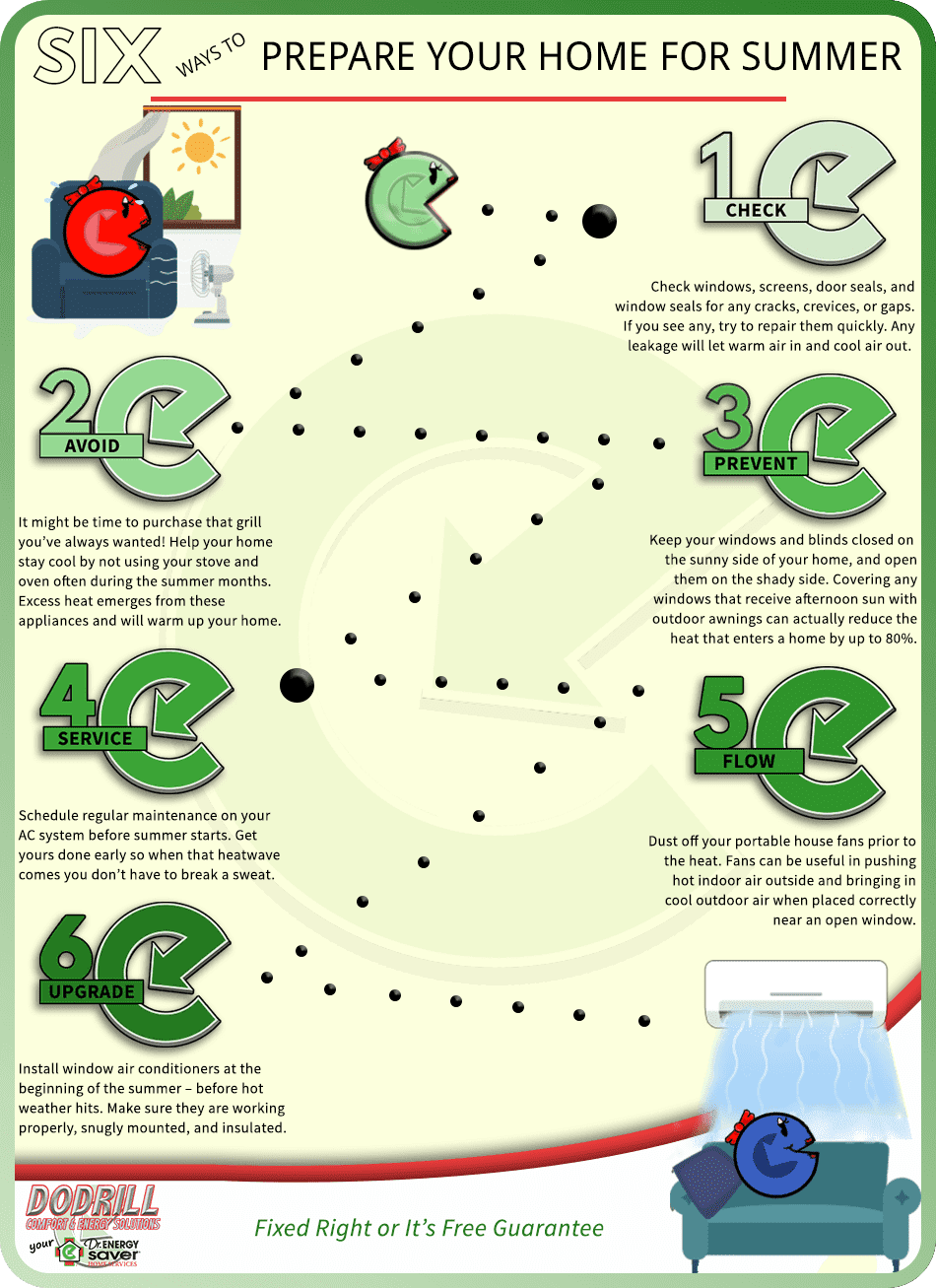Ideal Stress Washing Approaches For Different Sorts Of Surface Areas
Ideal Stress Washing Approaches For Different Sorts Of Surface Areas
Blog Article
Content Author-Viborg Nixon
When it involves push cleaning, the strategy you choose can make all the difference in accomplishing a clean, streak-free surface. You could discover that hard surface areas, like concrete, require a different strategy than softer products, such as timber or plastic. It's necessary to adapt your approaches to the surface type to prevent damages while optimizing cleaning performance. So, what are the most effective methods for each surface, and just how can you guarantee you're making use of the right settings and devices for the job? Let's explore what you require to understand to get the best outcomes.
Hard Surfaces
When it concerns press cleaning tough surface areas, prep work is essential. Before you even consider pulling out the pressure washing machine, make the effort to get rid of the location of any kind of debris, furnishings, or obstacles. You don't want anything entering your way or potentially damaging your equipment.
Next off, inspect house window washing near me for any kind of cracks or damages; this will certainly aid you determine the best approach and stress setups.
When you have actually prepared the area, it's necessary to pick the appropriate nozzle. For difficult surfaces like concrete or block, a narrow nozzle (15 or 25 degrees) functions best to offer a concentrated stream of water that can efficiently get rid of grime and discolorations. Constantly begin at a distance and progressively move better to prevent any surface area damage.
As you start washing, maintain the wand relocating to protect against streaks and over-saturation. It's also handy to function from the top down, enabling dust and particles to wash away normally.
Finally, keep in mind to wash the surface area extensively after cleaning to eliminate any leftover cleaning agent. With these strategies, you'll achieve a clean and renewed look on all your tough surface areas.
Soft Surfaces
Stress cleaning soft surface areas needs a gentler strategy to secure them from damage. Whether you're cleaning your deck, patio furnishings, or house siding, using excessive stress can bring about dents, scrapes, and even irreparable injury.
Begin by picking a low-pressure nozzle, preferably a 25-degree or larger spray pattern, to spread the water much more delicately.
Prior to you start, it's important to pre-treat any kind of spots with an appropriate cleansing remedy. This step allows the cleaner to permeate the dust and crud, making it easier to remove without rubbing too hard.
Constantly use the option from the bottom up to stop spotting.
When you start pressure cleaning, keep a distance of a minimum of 12 to 18 inches from the surface. Relocate your stick in a sweeping activity, keeping it alongside the surface to stay clear of concentrated stress on one spot.
Rinse professional window washing near me after cleaning up to eliminate any kind of recurring cleanser.
Lastly, evaluate the surface for any missed areas and repeat the procedure if essential. By following these steps, you can effectively clean soft surface areas while maintaining their honesty and look.
Specialty Surfaces
Cleaning up soft surface areas needs care, however specialty surface areas demand even more focus to information. When you take on these surface areas, like delicate wood, stained concrete, or certain kinds of siding, making use of the best pressure washing strategies is critical to stay clear of damages.
Initially, examine the product. For instance, treated wood can frequently endure moderate stress, however softer woods like cedar may need a reduced setup. Always begin with https://www.bhg.com/homekeeping/house-cleaning/seasonal/christmas-stain-removal-guide/ and progressively increase if required.
For discolored concrete, make use of a fan spray nozzle and keep a consistent range to stop etching the surface area.
When handling surfaces like plastic home siding or repainted surfaces, a wide spray pattern helps disperse the stress uniformly, protecting the coating.
It's also a good idea to utilize detergents particularly created for specialized surface areas. They can improve cleansing without endangering the product.
Rinse extensively after washing to remove any kind of deposit, as it can lead to discoloration or damage over time.
Final thought
In conclusion, understanding stress washing methods for different surfaces can make all the distinction in your cleaning outcomes. For hard surfaces, stick to narrow nozzles and a top-to-bottom method, while soft surfaces need a gentler touch with broader nozzles. Don't fail to remember to pre-treat spots and wash extensively to avoid residue. By adjusting your approaches per material, you'll not just achieve a cleaner surface but likewise safeguard the integrity of your surface areas. Pleased cleaning!
